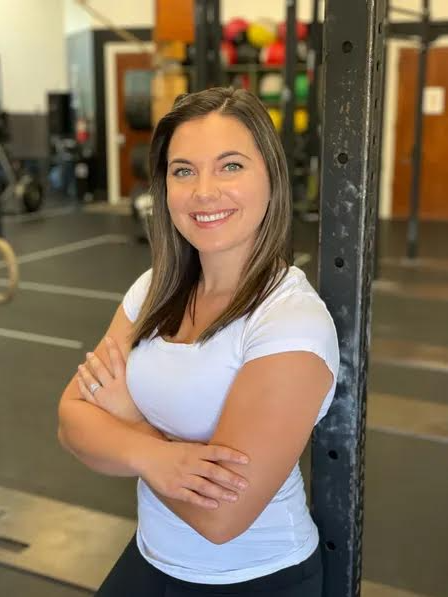Running with Flat Feet: What to Know
As a Doctor of Physical Therapy, I see a lot of patients, especially runners, that come into my office concerned about their “flat feet”. To be honest, I was a D1 track and field athlete that has been running with flat feet my whole life and it has never caused me any issues. If you listen to your body and follow these recommendations, then you should not be worried about “can you run with flat feet?”, especially for a half marathon.
First let’s dispel the myth that having flat feet is unusual. In reality, it’s a prevalent condition, affecting a significant portion of the population. This is not an anomaly; it’s a variation of foot anatomy that many runners successfully manage.
Let’s address the primary question: Can you run with flat feet? Absolutely. Flat feet, or fallen arches, should not be a deterrent to your running ambitions. In fact, many successful runners navigate this condition by understanding their unique biomechanics. In the context of running with flat feet, it’s crucial to pay attention to your gait and foot mechanics. Issues such as overpronation, where the foot rolls inward excessively, are common among individuals that are running with flat feet. This could be caused by weakness in the intrinsic muscles of the foot and posterior tibialis. Proper strengthening of these muscles will be crucial for training for a half marathon.
Here are my tips for running with flat feet and training for a half marathon:
Can you run with flat feet? Especially for an entire half marathon? This all comes down to the training. Start by giving yourself sufficient training time. For beginners, a training period of 12-16 weeks is ideal. This gradual buildup allows your body, particularly your feet, to adapt to the demands of long-distance running. Instead of fixating on running 13 miles in every training session, focus on the frequency of your runs. Three to four days a week, with a mix of short and long runs, is a balanced approach. This not only builds endurance but also minimizes the impact of running with flat feet.
While it’s not necessary to run the full half marathon distance in training, progressively increase your mileage. This allows your muscles, joints, and, importantly, your feet to adapt gradually. Be attentive to any signs of discomfort and adjust accordingly. Hydration is critical for any runner. Pay attention to your fluid intake, especially during long runs. Adequate nutrition, including electrolytes intake, supports overall performance and recovery. Some recommendations suggest 24 to 32 ounces of water per hour you run to help replenish water loss from sweat.
Invest in running shoes designed for individuals with flat feet. Look for those with good arch support, stability, larger toe box, and cushioning. Your local running store or a specialty shop can help you find the perfect fit. Pace Yourself Run Company’s free run shoe fitting process will help you identify the best shoe options for you.
Perhaps the most crucial piece of advice—listen to your body. If you experience persistent pain or discomfort, consult with a physical therapist. They can assess your gait, provide targeted exercises, and guide you on managing any challenges associated with flat feet. Out of all these tips and suggestions, properly training the strength, endurance and activation of your foot intrinsic muscles and surrounding musculature is key to your training for running with flat feet.
Running a half marathon with flat feet is not only achievable but can be a transformative journey. By understanding the nuances of flat feet and implementing practical training and strengthening tips, you’ll be well on your way to crossing that finish line with a strong, supported stride. Start to plan your training schedule, get fitted for the proper shoes and start implementing strengthening exercise! This way you’ll have a great start running your 1st or 101st half marathon with flat feet!

About the Author
Dr. Amanda Brewer is the founder and owner of Evolve Physical Therapy. She is a North Carolina native. She completed her Bachelor of Science degree in Exercise Science from High Point University. She then received her Doctorate of Physical Therapy from Duke University.
Amanda played numerous sports growing up, but her passion was track and field. She was a D1 collegiate track and field athlete at High Point University. She was a sprinter, with her main event being the long jump. As a prior college athlete, Amanda understands the fundamentals of proper muscle engagement, recovering and preventing injuries, and improving overall performance. Amanda is certified in dry needling, which enhances her skills for optimal recovery.
Outside of physical therapy, Amanda is a military spouse that spends time being active with her husband and dog, Waylon. Amanda and her husband have recently developed a passion for flying, which is their new hobby. 

